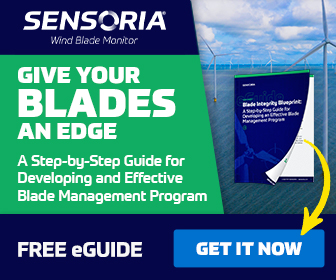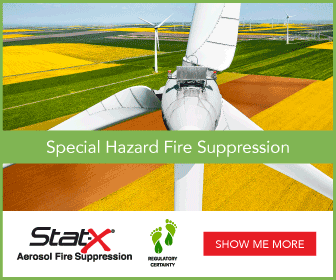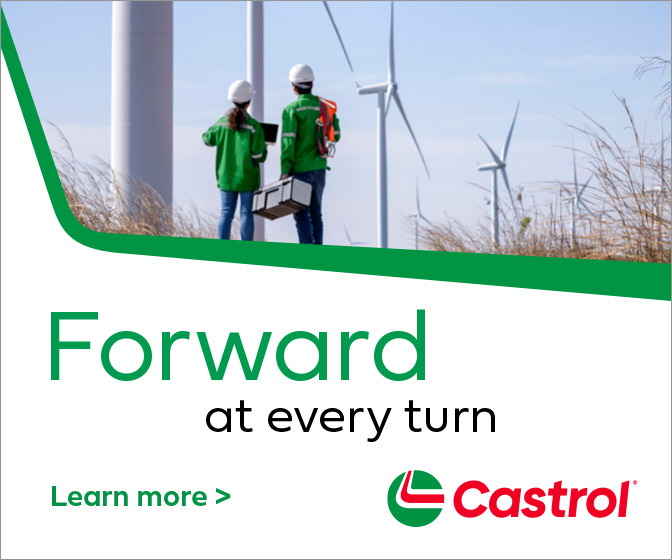The Top 8 Things You Didn't Know About Distributed Wind
Here are the the top eight things you likely didn't know about distributed wind power, starting at the bottom...
8. Distributed wind power is used at or near where it is generated, as opposed to wind power from wholesale generation, where power is sent to consumers via transmission lines and substations. Employed by households, schools, farms, industrial facilities, and municipalities alike, distributed wind doesn’t only refer to small-scale turbines; it includes any size turbine or array of turbines that generates power for local or on-site use.
7. People have used wind energy for more than two thousand years to pump water and grind grain. In the 19th century, wind powered water pumps made life possible in arid regions of the United States and Australia by tapping and bringing water to the surface from deep aquifers. Between 1850 and 1970, over six million small wind turbines were installed in the U.S. alone, primarily for water pumping. Read more on our website about the history of wind energy.
6. You can find wind used in distributed applications in all 50 states. At the end of 2012, U.S. wind turbines in distributed applications reached a 10-year cumulative installed capacity of more than 812 MW, from more than 69,000 turbines across all 50 states plus Puerto Rico and the U.S. Virgin Islands. That’s enough capacity to power more than 120,000 homes.
5. A large portion of all wind turbines installed in the United States generate power for on-site or local use. On a unit basis, distributed wind installations comprised more than a third of all wind turbines installed in the United States in 2012.
4. Faster wind speeds mean more electricity. Wind speeds at 30 meters above the ground, an average height for distributed wind applications, can be found across the country. Check out this residential-scale wind resource map to see how strong winds are in your area.
3. Reducing utility bills and hedging against potentially rising electricity rates are commonly cited reasons for installing distributed wind. In addition, utilities are required to compensate the distributed wind (or other generation) owner for excess energy generated that is returned to the grid, a practice called “net metering.”
2. As the distributed wind marketplace matures, third parties are providing certification of small and mid-size wind turbines, to ensure turbines perform as advertised. The Clean Energy States Alliance maintains a unified list of certified wind turbines. The Energy Department encourages consumers to purchase certified wind technologies; it should be noted that wind technologies must be installed in specific wind resources to operate as intended.
1. Distributed wind is a homegrown industry that strengthens the domestic economy. Nine of the top ten models of all wind turbines installed in distributed applications (on a unit basis) in 2012 were manufactured in the United States. The U.S. distributed wind energy supply chain contains more than three dozen facilities spread across 17 states, supporting jobs in manufacturing, retail, construction, and maintenance.
Department of Energy ~ EERE
www1.eere.energy.gov/wind











.jpg?r=3127)
